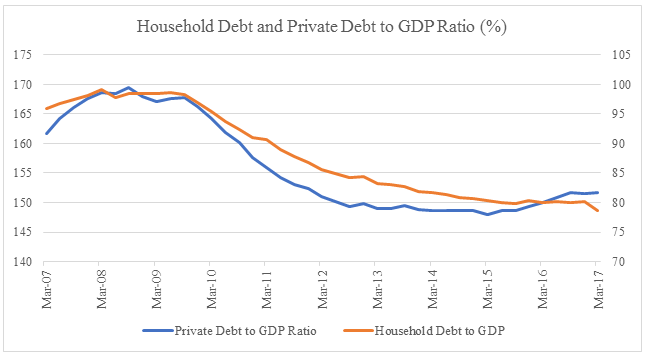
Source: FactSet, BIS
In fact, the low interest rates, rather than easy credit, are to be blamed for most of the elevated asset valuation. During the financial crisis between 2007 and 2008, the Fed cut the short-term interest rates from 5% to 0% and kept them close to zero for over seven years until the end 2015. After three rounds of quantitative easing, long-term interest rates were also depressed (see Figure 4). Current short-term interest rates are close to 1% and long-term interest rates are around 2.5%. In this low rate environment, investors have been buying risky assets such as equities, high yield bonds or real estate to seek better returns. Hence, all the assets are becoming more expensive.
Figure 4: Interest Rates

Source: FactSet
The current valuation may not be in bubble territory yet. During the peak of the tech bubble in 2000, the Shiller PE was close to 45, and in the high of the housing bubble, the high yield spread was 257 basis points. However, we may be getting closer to an interest rate driven asset bubble and investors must be cautious. As the Fed continues its path of raising interest rates and unwinding quantitative easing, the high valuation will post an additional risk to an investor’s portfolio. Although valuation may not be a good timing indicator, high valuation will make the market downturn more severe if and when it happens.
Henry Ma is the President & CIO at Julex Capital Management, a participant in the ETF Strategist Channel.

